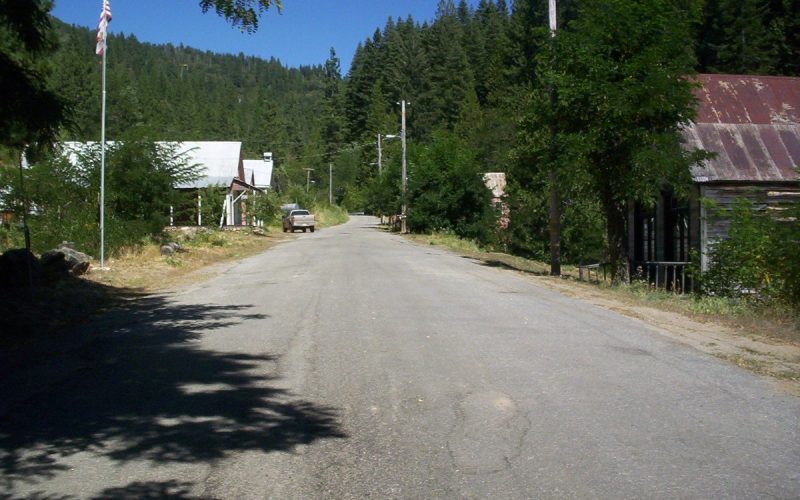California is now a state where building a new home no longer drags on for years. Where lawsuits and paperwork don’t stall every apartment project. That’s the new reality in California after a dramatic rollback of its landmark environmental law, the California Environmental Quality Act, or CEQA.
The changes, signed into law by Governor Gavin Newsom on June 30, 2025, have set off a wave of debate, hope, and anxiety across the state.
For decades, CEQA was the gold standard for environmental review. It let anyone—from neighbors to environmental groups—challenge new developments over their potential impact on land, air, and water. The intention was noble to protect California’s natural beauty and public health.
Thrilling upcoming MLB games to keep you on the edge of your seat! MLB Schedule 2025 upcoming Games
But over time, critics say CEQA became a tool for endless delays, used by opponents of housing and infrastructure to block progress. The result? Skyrocketing rents, a severe housing shortage, and a homelessness crisis that’s made headlines worldwide.
Newsom’s new reforms aim to break this cycle. The legislation, part of the state’s 2025-2026 budget, sweeps away many of CEQA’s most cumbersome requirements for urban housing and key infrastructure.
Now, most new apartment buildings in city centers can skip the lengthy environmental studies and lawsuits that once slowed them to a crawl.
Projects like high-speed rail, utilities, broadband, and wildfire prevention also get a fast track. Local governments can rezone land for new housing without facing CEQA lawsuits, making it easier to prepare sites for construction.
The governor called it “a budget that builds,” promising faster, cheaper, and more predictable development. The new laws freeze residential building standards through 2031, except for emergencies and conservation.
They also create a revolving fund to reinvest profits from affordable housing into new projects, and introduce a CEQA VMT Mitigation Bank, letting developers offset their environmental impact by funding sustainable housing and infrastructure elsewhere.
Supporters are celebrating. Housing advocates say this is the breakthrough California has needed for years. They argue that removing CEQA’s roadblocks will finally let the state catch up to its housing needs.
Assemblymember Buffy Wicks, who introduced the bill, called it a turning point in the fight for affordability and equity. Developers are already eyeing stalled projects, hoping to dust off blueprints and break ground.
But not everyone is cheering. Environmental groups warn that the reforms could open the door to unchecked urban sprawl and harm to sensitive lands. They say the new rules tip the scales too far, favoring speed over sustainability.
Some labor unions, worried about worker protections, demanded—and got—wage guarantees for certain projects. Tribal governments still have to be notified about new developments, and local zoning laws remain in force, but many fear these safeguards won’t be enough.
The political shift is striking. For years, Democrats in California’s Capitol resisted weakening CEQA, wary of undermining the state’s environmental legacy.
Yet, faced with a housing emergency, even longtime defenders of the law agreed change was overdue. The reforms passed with bipartisan support, a rare feat in Sacramento.
What happens next? Expect a building boom in cities like Oakland and Los Angeles, where infill housing apartments built in already-developed areas can now move ahead without fear of legal limbo.
The hope is that more homes will mean lower rents and fewer people living on the streets. But the long-term impact on California’s environment remains uncertain. Will the new laws spark innovation and abundance, or will they leave the state’s natural treasures at risk?
Interested in US News , Read here
For those watching from outside California, this is a test case with national implications. Other states grappling with housing shortages and environmental challenges are sure to learn from this.





